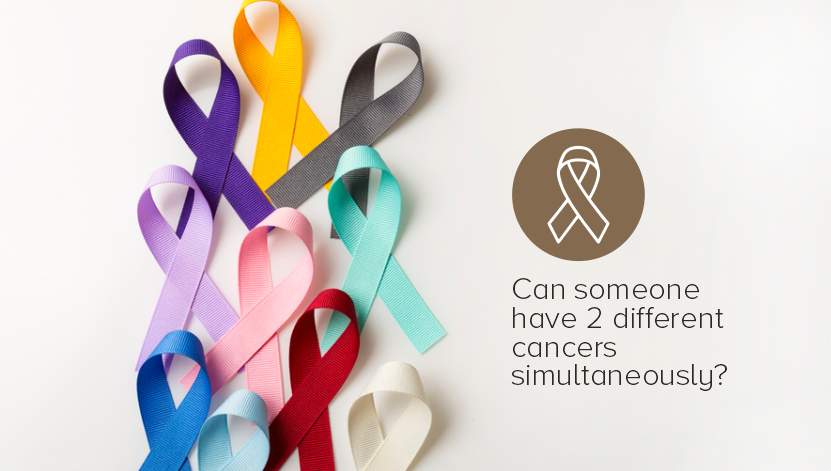Cancer, the mere mention of the word can induce a sense of dread. It is a multifaceted disease that can arise from various parts of the body and manifest in numerous forms. A question that both patients and medical professionals grapple with is whether it's possible for an individual to develop two different types of cancer at the same time.
